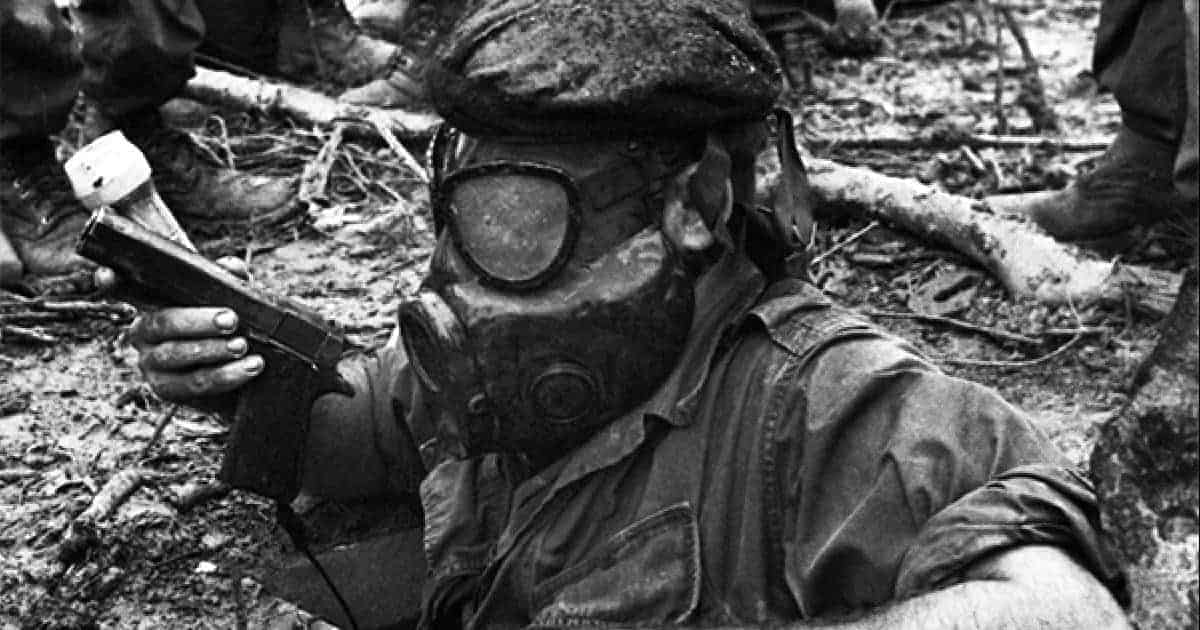The Viet Cong amassed around 250 kilometers of underground tunnels. This network connected villages, cities, and districts. The tunnels also hosted armament workshops, training depots, headquarters, and a variety of other facilities. They helped conduct military operations on behalf of communist forces. Though Americans, Australians, and New Zealanders claim to know these hideouts existed, they overlooked their size and importance. Equally, these countries failed to understand how difficult it would be to detect and neutralize such networks.
Read on to learn about the crazy booby traps soldiers faced, the creepy crawlies they encountered, and the damaging psychological consequences of such close combat. You can also learn about how these soldiers came about, who opted to become one, how they trained, and what equipment they used. Finally, this list will look at how successful these attempts were in the grand scheme of things. If you are squeamish or hate thinking about claustrophobic conditions, take this as a warning: gruesome facts lie ahead!

